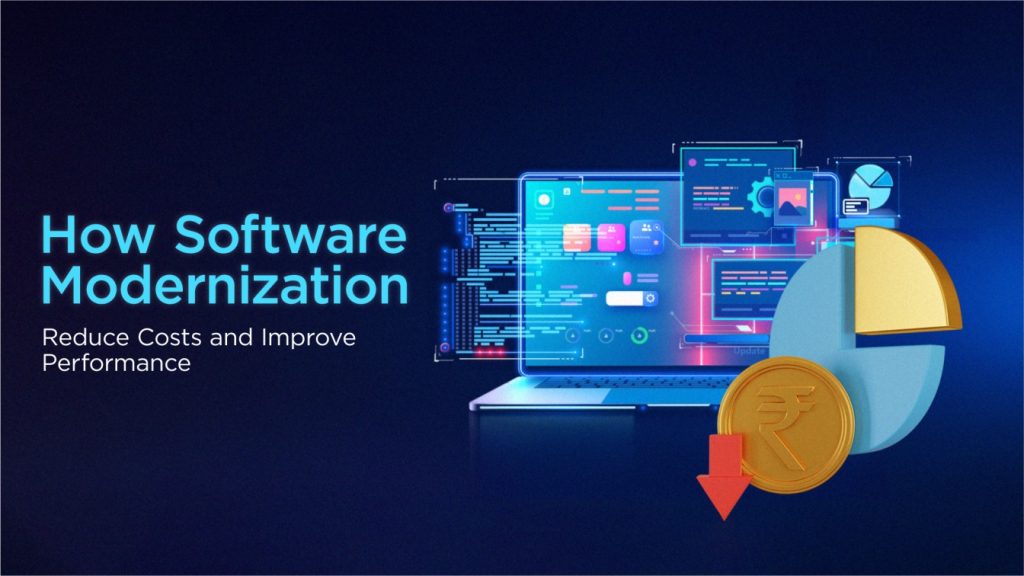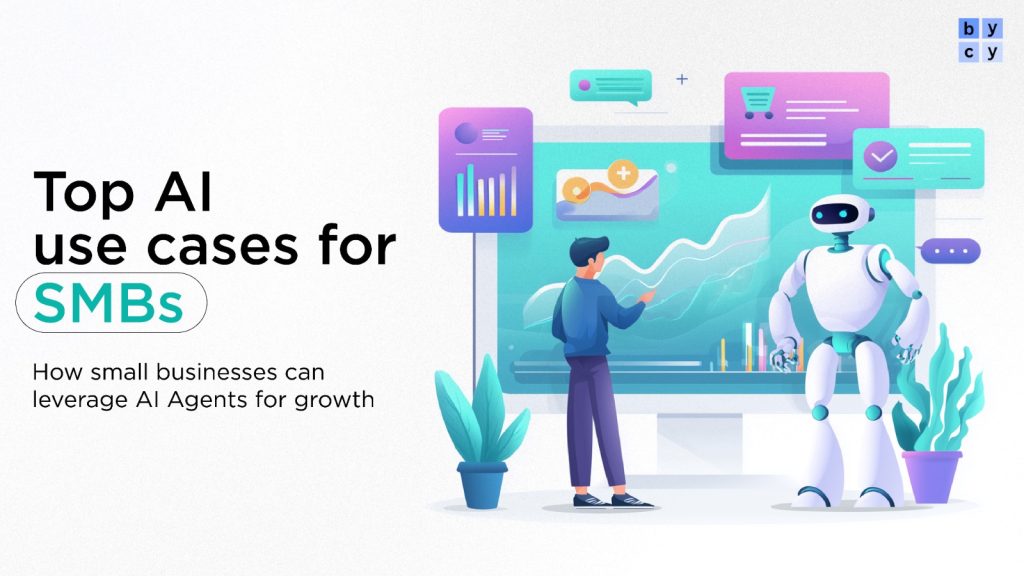How to Create a Winning SEO Strategy in 2025
For Mid-Market Companies Investing in Sustainable Organic Growth
In today’s AI-powered, fast-evolving digital landscape, creating a winning SEO strategy is both an art and a science. Whether you’re a healthcare SaaS company launching a new telehealth product or a supply chain management software provider entering new regions, strategic SEO is foundational for visibility, discoverability, and trust.
This guide is designed for mid-market companies (200-500 employees) and decision-makers such as growth marketers, founders, and sales leaders who want to build scalable, data-backed, and future-ready SEO strategies.
1. What is an SEO Strategy?
An SEO strategy is a systematic, long-term approach to improve your website’s visibility in search engines to attract more qualified organic traffic. This involves both technical and creative elements to improve rankings, drive traffic, and increase awareness.
Core Components:
- Technical SEO: Enhancing crawlability, indexing, and overall site architecture.
- On-page SEO: Optimizing content and HTML elements like title tags, headers, and metadata.
- Off-page SEO: Building backlinks and authority through outreach and PR.
- Content SEO: Producing relevant, high-quality, and intent-driven content.
- Local SEO: Targeting geo-specific audiences using local keywords, Google Business Profiles, and location schema.
Example: Teladoc Health deployed a holistic SEO approach using structured content, schema markup, and technical audits to improve their organic footprint. By aligning content with patient queries like “how to talk to a doctor online,” they saw a 45% increase in monthly organic sessions.
2. Keyword Research
Keyword research identifies the terms your audience is searching for and helps structure your content around those queries. In 2025, effective keyword research must go beyond volume and CPC to incorporate user behavior analysis and zero-click search trends. Tools like Google Keyword Planner and Ahrefs now offer user engagement metrics, while platforms like SparkToro provide insights into audience interests and habits. With the rise of AI assistants and featured snippets, understanding how people interact with search—especially when they don’t click—is vital for prioritizing topics that still drive visibility even in zero-click SERPs. and helps structure your content around those queries. It serves as the foundation of your SEO content architecture.
Tools:
- Google Keyword Planner: Base data on CPC and volume.
- SEMrush, Ahrefs, Moz: Deep competitor keyword insights.
- Ubersuggest and AnswerThePublic: Question-based long-tail keywords.
Step-by-Step:
- Define seed keywords from your product/services.
- Identify long-tail variations targeting niche problems.
- Cluster keywords by intent (informational, commercial, navigational, transactional).
- Match keywords to funnel stages: awareness, consideration, decision.
- Validate search trends using Google Trends.
Example: Salesforce built keyword clusters such as “CRM for higher education,” “enterprise CRM software,” and “Salesforce vs. Zoho CRM,” aligning with varying levels of buyer intent. This allowed them to rank for over 3000+ BOFU and MOFU terms in SERPs.
3. Analyze Search Results
Analyzing current SERPs provides a roadmap for content formatting, understanding Google’s intent for each keyword, and identifying content gaps.
Key SERP Elements to Watch:
- Featured Snippets
- People Also Ask (PAA)
- Knowledge Panels
- Top Stories and Videos
- Local Map Pack (for Local SEO)
How to Use This:
- Evaluate the top 10 ranking pages for your keyword.
- Note content type: video, listicle, blog, guide, or landing page.
- Identify user questions and use them to structure subheadings.
Use Case: HubSpot leveraged video guides and downloadable checklists after observing their prevalence on SERPs for “content marketing templates.” The result was a 3x rise in organic visibility and backlinks from resource aggregators.
4. Competitor Analysis
A thorough competitor analysis uncovers the strategies, strengths, and weaknesses of rivals ranking for your target keywords.
Tools:
- SEMrush Domain Overview
- Ahrefs Site Explorer
- BuzzSumo (for content virality)
- Screaming Frog SEO Spider for crawling competitor sites
What to Analyze:
- High-performing keywords and content formats
- Domain authority and backlink profile
- UX patterns and internal linking structure
- Schema usage and site speed
Example: Coupa Software studied SAP Ariba’s content strategy and discovered gaps in topics like “automated procurement workflows.” Filling this content vacuum earned them thousands of backlinks and 100k+ in monthly organic visits.
5. Optimize for On-page SEO
On-page SEO involves optimizing web pages for both users and search engines.
Essentials:
- Meta titles/descriptions with primary and secondary keywords
- Header tags (H1, H2, H3) with clear hierarchy
- Internal linking using keyword-rich anchor text
- Image optimization (ALT tags, compression)
- Schema markup for products, articles, FAQs, etc.
Technical Details:
- Maintain keyword density between 1% – 2%.
- Use canonical tags to avoid duplicate content issues.
- Implement breadcrumbs and navigation enhancements.
Local SEO Note: For multi-location businesses, create dedicated landing pages for each location and add Google Maps integration with schema markup.
Example: Zocdoc improved its visibility by creating hyperlocal landing pages like “Best Pediatrician in Brooklyn,” including map embeds, NAP citations, and review schema.
6. Optimize for Page Speed
- LCP (Largest Contentful Paint): Should be under 2.5s
- FID (First Input Delay): Under 100ms
- CLS (Cumulative Layout Shift): Under 0.1
- Use CDNs (Cloudflare, Akamai)
- Minify CSS, JavaScript, and HTML
- Lazy load images and video content
- Compress images using WebP format
- Implement AMP for blogs/news (if relevant)
7. Optimize for Search Intent
SEO is no longer about keywords alone. Search engines prioritize intent, which is what the user hopes to achieve with a query.
Types of Search Intent:
- Informational: Guides, how-tos
- Navigational: Brand or service pages
- Transactional: Demo, pricing, checkout
- Commercial Investigation: Product comparisons, case studies
Alignment Strategy:
- Map each content piece to an intent type
- Add CTAs appropriate for the stage (e.g., download guide, start trial)
- Answer sub-queries within the page to reduce bounce rate
Example: Freshworks crafted comparison content like “Zendesk vs Freshdesk,” strategically linking to both the pricing page and product demo. These pages account for 20% of their inbound traffic.
8. Backlink Building
A robust backlink strategy is essential for boosting domain authority and rankings.
High-Impact Tactics:
- Digital PR: Pitching thought leadership and data stories
- Broken link building: Replacing 404s with your relevant content
- Guest posts on niche authority blogs
- Skyscraper technique: Outdo high-ranking content with better assets
- HARO: Build media relationships for organic mentions
Metrics to Watch:
- Referring domains (RDs)
- Domain authority (DA)
- Anchor text diversity
- Dofollow vs. Nofollow ratio
Use Case: Zapier earned 1500+ backlinks by releasing “State of Remote Work” reports filled with proprietary data, cited by Inc., Forbes, and Harvard Business Review.
9. Promote Content Organically
Organic promotion ensures your SEO assets reach the right audience without paid amplification. In 2025, with the rapid evolution of content platforms and the rise of AI-generated media, organic distribution is more diverse and accessible than ever.
Channels:
- LinkedIn Thought Leadership Posts: Collaborate with niche influencers or executives to co-author insights or tag relevant decision-makers.
- Twitter/X Threads from product marketers and founders to share behind-the-scenes knowledge.
- Slack and Discord communities in your vertical to seed discussions and answer real-time queries.
- Email drip campaigns and newsletters that repurpose blog content into snackable takeaways.
- Syndication platforms: Publish your thought leadership on Medium, GrowthHackers, and Substack.
- Influencer Collaborations on LinkedIn: Mid-market companies can co-create content with domain influencers to improve credibility and reach, especially in SaaS and AI niches.
- AI-Generated Video Summaries: Repurpose long-form content into short video explainers using tools like Pictory or Synthesia, then share across LinkedIn, YouTube Shorts, and email.
AI Assistant Angle:
Optimize your content for AI agents like ChatGPT, Bing Chat, and Perplexity AI by:
- Using plain-language explanations that are easily parsed by LLMs
- Structuring FAQs clearly for retrieval-based responses
- Formatting with markdown, bullet points, and schema for better surfacing
Example: Notion’s guide on “Second Brain Framework” went viral on Product Hunt and Reddit. The content was cited in newsletters and used in AI-generated responses due to its formatting and depth. They also created AI-generated summaries and carousels for LinkedIn, boosting reach across demographics. promotion ensures your SEO assets reach the right audience.
10. Optimize and Update Content
Content decay is real. Even top-performing pages lose traffic over time. Ongoing optimization is critical.
Refresh Checklist:
- Update outdated stats and links
- Add new internal/external references
- Optimize for newly emerged related keywords
- Reassess and match evolving user intent
- Reformat for improved readability or visual appeal
Tools:
- Google Search Console (performance tab)
- Animalz Revive (detect decaying content)
- Ahrefs Content Explorer (monitor top pages by traffic)
- Surfer SEO and Clearscope for AI-powered content grading
- MarketMuse to automate topic gap analysis and recommendations
AI and Automation Integration:
Modern SEO teams are leveraging AI-based content auditing tools to proactively flag underperforming content. These platforms use predictive analytics to schedule refresh cycles based on traffic trends, SERP volatility, and competitive content benchmarks. For example, tools like ContentKing and Alli AI offer real-time SEO monitoring and automated alerts, ensuring no high-value asset is left outdated.
Use Case:
Gong.io refreshed their 2020 blog on “Cold Emailing Techniques” to reflect changes in buyer behavior post-COVID. They added AI-driven email tools and saw 67% higher engagement. decay is real. Even top-performing pages lose traffic over time. Ongoing optimization is critical. Organic promotion ensures your SEO assets reach the right audience without paid amplification. In 2025, with the rapid evolution of content platforms and the rise of AI-generated media, organic distribution is more diverse and accessible than ever.
11. How to Hire the Best SEO Agency for Mid-Market Software and AI Companies
Choosing the right SEO partner can significantly impact your ability to scale. Here’s how to vet and hire an agency suited for mid-market software and AI businesses:
What to Look For:
- Industry Expertise: Look for firms with experience in software, SaaS, and AI.
- Technical Depth: Agencies should have a solid understanding of Core Web Vitals, structured data, APIs, and AI-ready content formats.
- Track Record: Ask for case studies showing organic growth results for companies of similar size.
- AI and Automation Alignment: Prefer agencies that use AI tools for keyword clustering, content gap analysis, and programmatic SEO.
- Custom Strategy Development: Avoid one-size-fits-all models. Ensure the agency can build a tailored roadmap aligned with your product, ICP, and growth stage.
Questions to Ask:
- How do you perform keyword research for AI-specific products?
- What’s your experience with B2B SaaS SEO and lead generation?
- How do you measure ROI beyond traffic—i.e., MQLs, SQLs, demos?
- Do you offer support for technical audits, dev implementation, and CMS migration?
- What AI tools (e.g., Surfer SEO, Clearscope, MarketMuse) do you use?
A great agency partnership functions as a true extension of your team—collaborative, strategic, and performance-driven.
Final Thoughts and Suggestions
In 2025, winning in SEO means:
- Creating high-quality content that aligns with user intent
- Developing AI-friendly pages that answer voice and chat-based queries
- Staying technically sound and Core Web Vitals-compliant
- Leveraging local SEO for location-specific traction
Additional Suggestions for SEO and UX:
- Add videos and interactive calculators to core pages
- Use topic clusters and interlinked hubs for authority
- Implement chat widgets or AI agents to guide visitors
- Include voice search phrases in FAQs and schema
- Split test headlines and CTAs using Google Optimize
Conclusion
SEO is not just about search rankings; it’s about creating sustainable visibility, user-centric content, and brand authority in an era dominated by AI assistants and evolving consumer expectations.
For mid-market companies launching new products or entering new markets, a comprehensive and evolving SEO strategy is your best investment for long-term growth.
Need a custom SEO playbook aligned with your industry and goals? Let’s connect and build your winning strategy.



